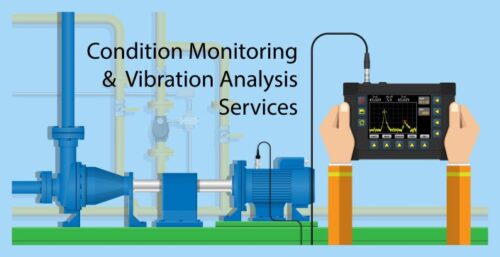Did you know that often the first indicators of any type of performance change in your equipment are detected by ultrasonic frequencies? Even the slightest of variations can help predict early equipment failures. Why is this important? Early detection can save your company from costly system failures!
Ultrasound and Condition Monitoring
How and Why to Use Ultrasound and Condition Monitoring

Why ultrasound? And How does it work?
Ultrasound is a classification of sound, one of the three actually, but ultrasound refers to any soundwave with a frequency greater than 20kHz. While the ultrasonic spectrum might include a wide range, it’s the detection of frequencies above 40 kHz that are of the most significance to inspectors. When these frequencies, much higher than the frequencies heard by the human ear are detected, ultrasonic technologies are able to detect them and alert you to potential equipment wear. In traditional detection, the equipment would be in a much advanced state of deterioration or failure before the naked eye would detect the equipment decline.
Why is early detection important? Early detection can help keep costs low, by detecting the problem early before costly repairs, replacements and downtimes of your operating systems. This is especially advantageous to ensure the largest window of opportunity possible to secure replacement parts, plan downtime for maintenance and budget for equipment maintenance.
Before ultrasound, measurements were taken arbitrarily and were susceptible to missing out on critical data. Now, measurements are collected by using Four Condition Indicators (4CI).
What are the 4 Condition Indicators?
- Overall RMS – Generates a single RMS decibel value based on the entire sample collected. The Overall RMS is used to gauge the overall condition throughout the lifecycle of the machine.
- Max RMS – The highest of the RMSs; calculated every 250ms. The reading is used to find out if the signal is stable or varies.
- Peak Value – The maximum instantaneous value recorded during the measurement cycle. Peak Value’s main focus is detection of early stages of equipment failure.
- Crest Factor – Ratio between the Peak Value and the RMS value. Crest Factor helps to estimate the failure severity of the machine and also helps predict the remaining useful lifespan.
By monitoring these four numbers on the ultrasound spectrum, businesses are now able to keep a more watchful eye on their equipment, and take preventative instead of reactive measures.
